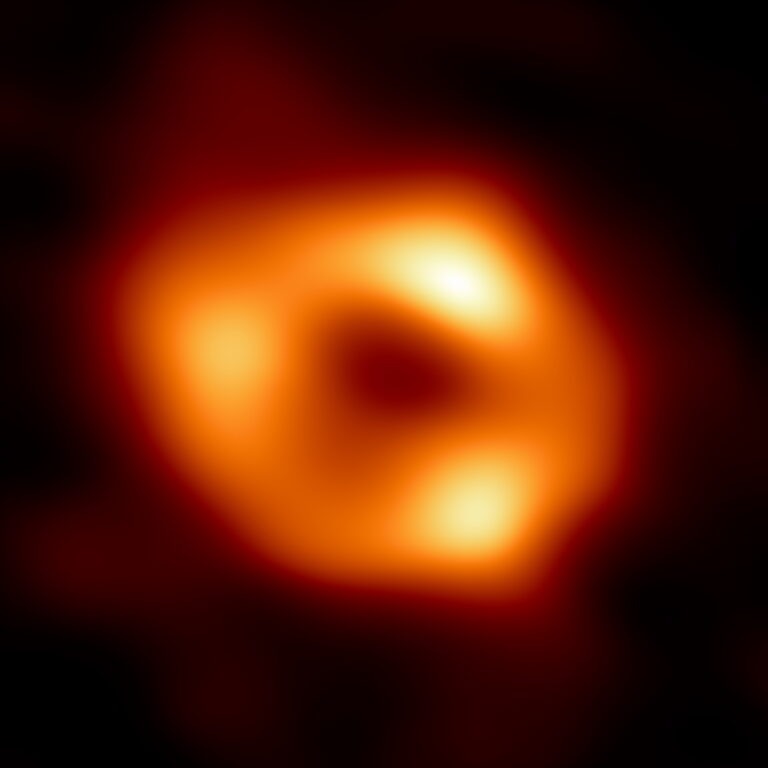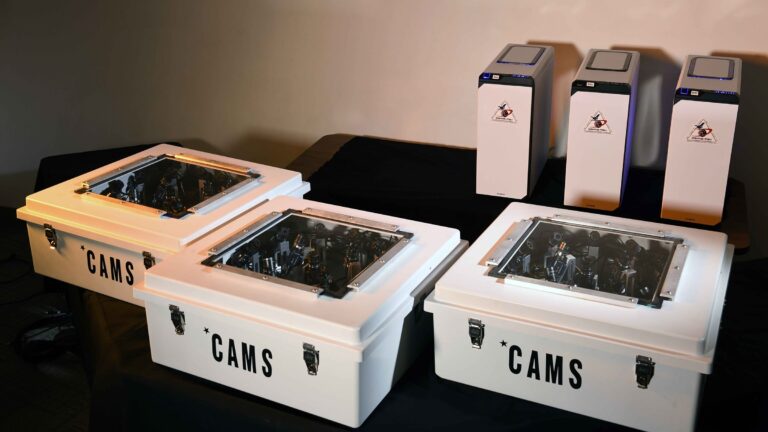International Day of Human Space Flight lands on 12 April.
In April 2011, the United Nations declared 12th April the International Day of Human Space Flight. Its purpose was to celebrate the beginning of the space era for mankind, and reaffirm their “aspiration to maintain outer space for peaceful purposes.”
Join us on a journey through some of the people who made, and are making, human space flight history.

Yuri Gagarin, Soviet cosmonaut
On 12 April 1961, Yuri Gagarin became the first person to journey into outer space. A Soviet military pilot, Gagarin’s interest in space exploration was ignited with the Luna 3 spacecraft.
Although Gagarin flew Vostok 1 in automatic mode, he was given the code to unlock manual control of the craft in an emergency. He completed one orbit of Earth, with his flight taking 108 minutes.
Gagarin ejected from his craft and landed using a parachute, and historians have speculated the records he set may not necessarily have been recognised by the world governing body at the time had they known the whole truth. The FIA’s standards required that pilots land with their craft.

Alan Shepard, American astronaut
Less than a month after Yuri Gagarin’s journey, Alan Shepherd made human space flight history with his Project Mercury flight.
The first American in space, Shepard had full control of the Freedom 7 spacecraft. Shepherd commented afterwards that he didn’t “feel the flight was a success until the recovery had been successfully completed.”
After his mission, Shepherd was later appointed Chief Astronaut, making him responsible for NASA astronaut training. In 1971, Shepard made his second space flight — this time, as commander of Apollo 14, marking the USA’s third successful lunar landing mission.

Katherine Johnson’s critical contributions to human space flight are as important as any astronaut’s.
Working for NASA, Johnson’s careful mathematical work was essential to the success of the early Mercury and Apollo missions, as well as the Space Shuttle program.
Johnson calculated trajectories, launch windows, and emergency return paths for missions including Alan Shepard’s 1961 spaceflight and the USA’s first crewed orbital flight, piloted by astronaut John Glenn in 1962. Her carefully planned trajectories also enabled the Apollo mission Lunar Modules to rejoin the orbiting command modules so their astronauts could return to Earth.

Sergei Korolev, Soviet engineer
Even during his lifetime, Sergei Korolev was known by many as simply the Chief Designer.
The lead Soviet rocket engineer and spacecraft designer during the Space Race, Korolev’s main interest was launching a human being into space and, if possible, having them reach the Moon or even Mars.
Among Korolev’s contributions to human spaceflight are Yuri Gagarin’s historic mission, followed by Valentina Tereshkova (the first woman in space), the first three-person crew in space, and the first spacewalk (or extravehicular activity – EVA – to use its proper name). Korolev’s death abruptly ended his plans for a crewed Soviet Moon landing.

John Houbolt, lunar engineer
In the 1960s, John Houbolt championed the concept of lunar orbit rendezvous (LOR). The idea involved using a separate, specialised vehicle for a lunar landing, rather than attempting to land the entire command and service module (CSM).
NASA chose LOR to successfully land humans on the Moon and return them to Earth. Contemporary human spaceflight missions involving orbital transfer and landing, including ISS missions, still use the same underlying principles of LOR for rendezvous and docking maneuvers.
Because the Lunar Module had its own life support, propulsion, and electrical system, it was invaluable in the event of a CSM failure, such as during the Apollo 13 mission.

Pioneer Katherine Bennell-Pegg is more than the first astronaut going to space under the Australian flag.
The Australian Space Agency’s former Space Tech Director has been directly involved with various ground-breaking projects in human space flight. Her projects include Augmented Reality for Human Spaceflight activities, which gives astronauts real-time information and guidance, overlaying critical data onto their field of vision.
Katherine has also led an international team working on the ESA’s European Service Module for the NASA Orion spacecraft. Orion-ESM is a key part of NASA’s Artemis mission, that will send astronauts to the Moon and beyond.

In 2015, identical twin astronauts Mark and Scott Kelly helped NASA examine the effects of scientists better understand the effects of long-duration spaceflight on a human body.
While Scott spent a year on the International Space Station, his brother Mark remained on Earth as the control. The results showed physiological and genetic changes in Scott, with 91% of his gene expression levels returning to normal within six months of landing.
These findings are important because they help us better understand and manage the health implications from extended space missions, which is essential for the success of future human space exploration.

Dr Shawna Pandya is a medical doctor, aquanaut, skydiver, pilot-in-training, and a citizen-scientist astronaut candidate. Her work is ensuring that humans can survive and thrive in deep space’s demanding conditions.
She is also Director of Space Medicine and the International Institute for Astronautical Sciences (IIAS) whose work is paving the way for a sustainable human presence beyond Earth.
As a research scientist, Dr Pandya has dedicated her career to advancing space medicine. This includes bringing virtual-reality medicine to space exploration, combatting skill deterioration and loss of expertise on long-duration missions.

Amy Ross is an engineer whose work is vital for the past, present, and future of human spaceflight. An expert in her field, Ross leads a team of engineers and technicians developing spacesuits focused on enhancing human performance and safety in space.
Ross’s innovations tackle the limitations of traditional bulky spacesuits, which restrict astronaut mobility. Her work emphasises advanced designs for various astronaut body types, in suits designed for the challenges of walking and working on surfaces like Mars.
Ross’ team designed the prototype for the Axiom Space AxEMU spacesuit that NASA Artemis astronauts will wear on their return to the Moon.

Jay Chesters
Jay Chesters is a wordsmith with a little bit of a thing for the stars. As a cosmic storyteller with a love for astronomy and space that's out of this world, Jay’s always eager to share his knowledge and passions.
Become a light pollution warrior!
Join the Australasian Dark Sky Alliance and support the cause of reducing light pollution and protecting our night sky.








